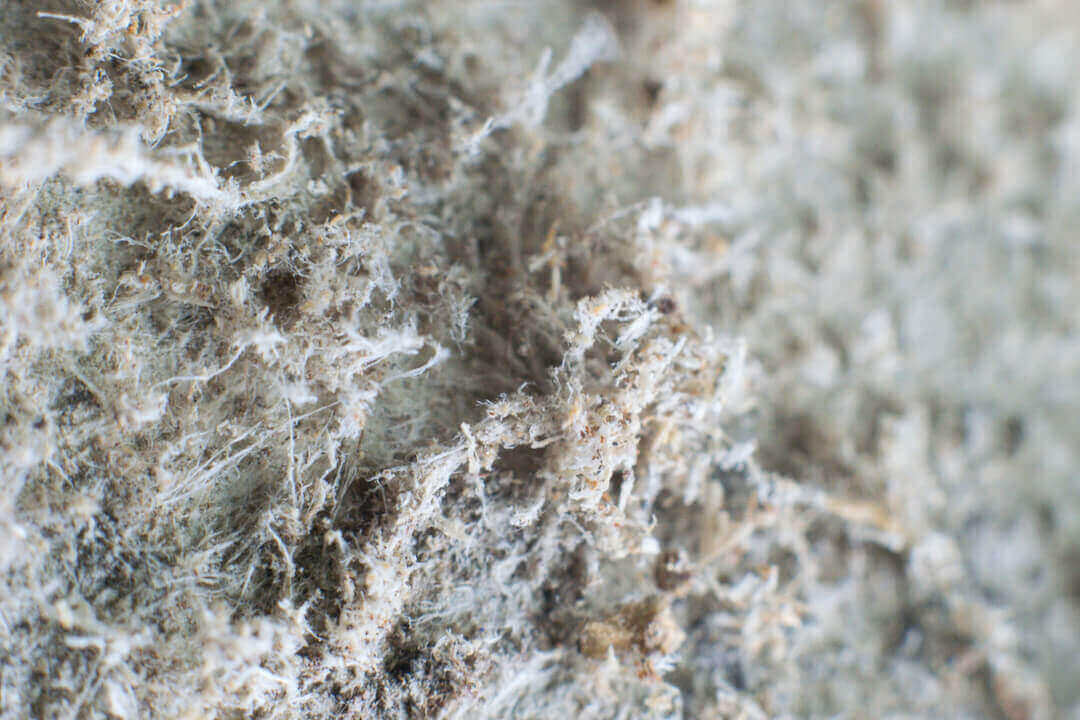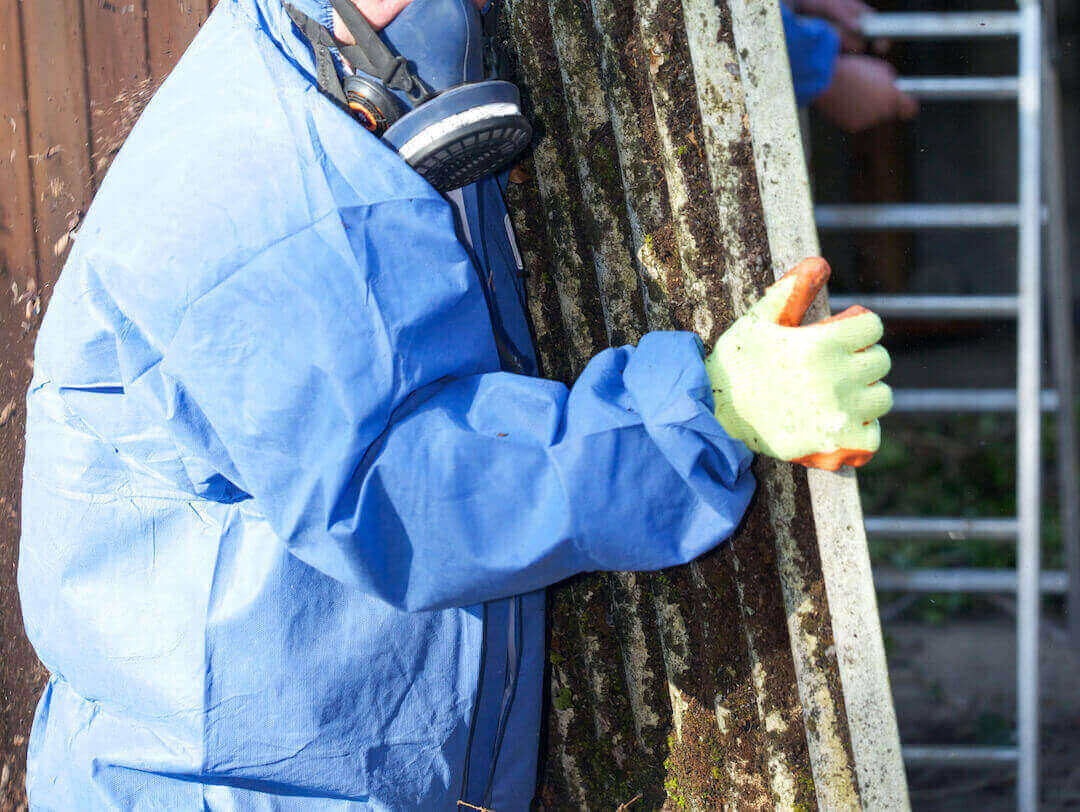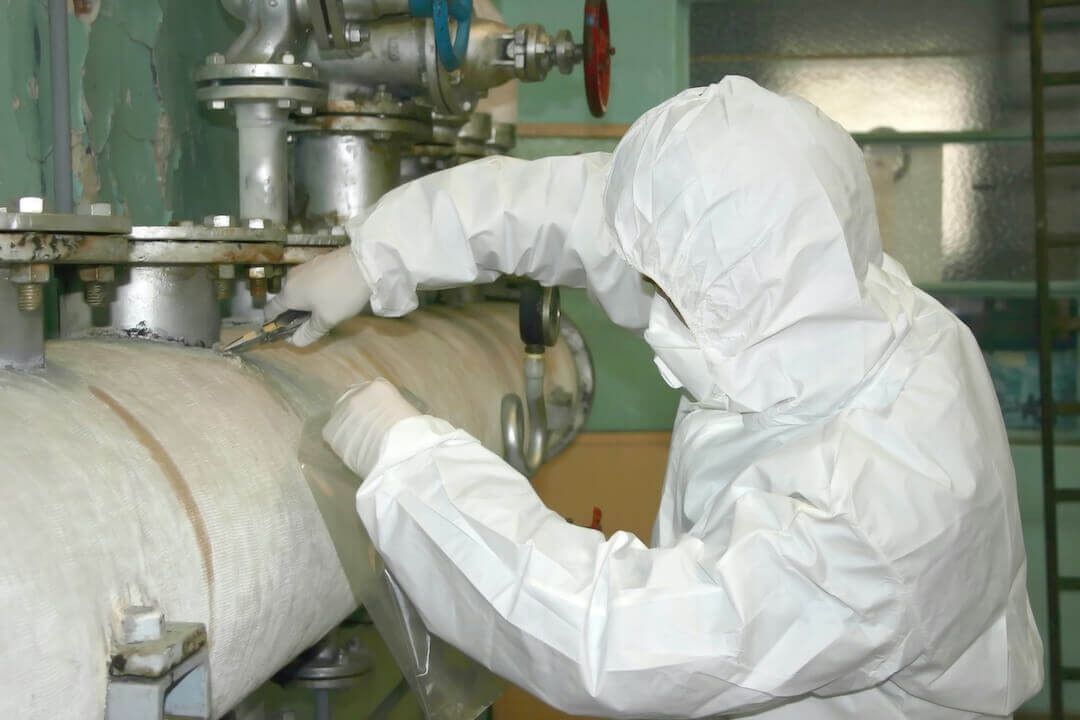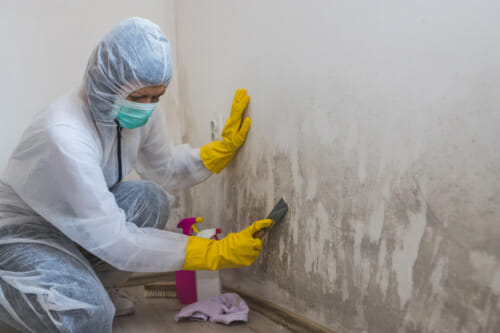Asbestos is a natural mineral that is composed of thin fibers that can quickly become airborne when damaged. This mineral was used as a popular building material in the 1950s but is now well known as a cause for mesothelioma, a cancerous tumor that can form in your heart, lungs, or abdomen. Because of this, it is vitally important that you learn how to identify asbestos and take quick action.
Identifying Asbestos

Unfortunately, this can be hard to do by yourself. Searching out answers to questions such as what does asbestos smells like will lead nowhere since its mineral fibers are microscopic and have no scent.
The most important step when learning how to recognize asbestos is to find out when a building was constructed. If it was built before the 1980s, the chances are high that the building materials contain asbestos.
Listed below are some of the building materials that are most likely to contain this harmful mineral:
- Vinyl Flooring: Asbestos was an incredibly common ingredient in mid-twentieth century floor tiles. Vinyl was far more likely to contain asbestos than other materials, such as ceramic.
- Pipes laid before the 1980s: As recently as the 1980s, pipes often contained asbestos as a fireproofing measure. The mineral was also used for pipe insulation.
- Ceiling Tiles: Old ceiling tiles often contain asbestos fibers due to the insulating nature of the building material.
- Roofing Shingles: Asbestos-filled roofing was incredibly prevalent starting in the 1920s. If the roof of your building was constructed before 1986, there is a high chance your shingles contain asbestos.
Despite the above tips on how to identify asbestos, you will ultimately need to send in a sample for testing to definitively determine the presence of this microscopic mineral.
Testing for Asbestos

The testing process for asbestos is quite simple. All a qualified lab needs is a sample of the material in question. The sample is then subjected to a method called EPA 600, where the material is observed through a microscope utilizing polarized light.
The hard part is getting a sample of the material in question without releasing asbestos fibers into the air, endangering you and your loved ones. It is highly recommended that you enlist the aid of a professional to help you get a sample safely.
Removing Asbestos

After you have identified that a material contains asbestos within your building, the ideal solution would be to remove said material. However, it is not recommended that you try removing the material yourself. It is incredibly easy to release asbestos fibers into the air, which will put those in the building at risk.
The best way to remove an asbestos-filled material is to hire a professional that has been specifically certified to remove asbestos, like those found at Bull Matrix Restoration. Over the years, we’ve dealt with all manner of building materials and can remove asbestos in a manner that makes it safe for anyone visiting your home or business.
If you have asbestos in your home or think that you might, contact us today. We are available 24/7 to help.



